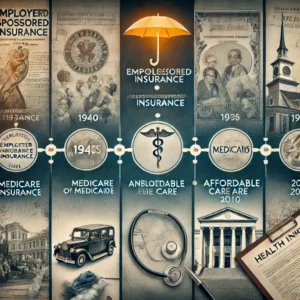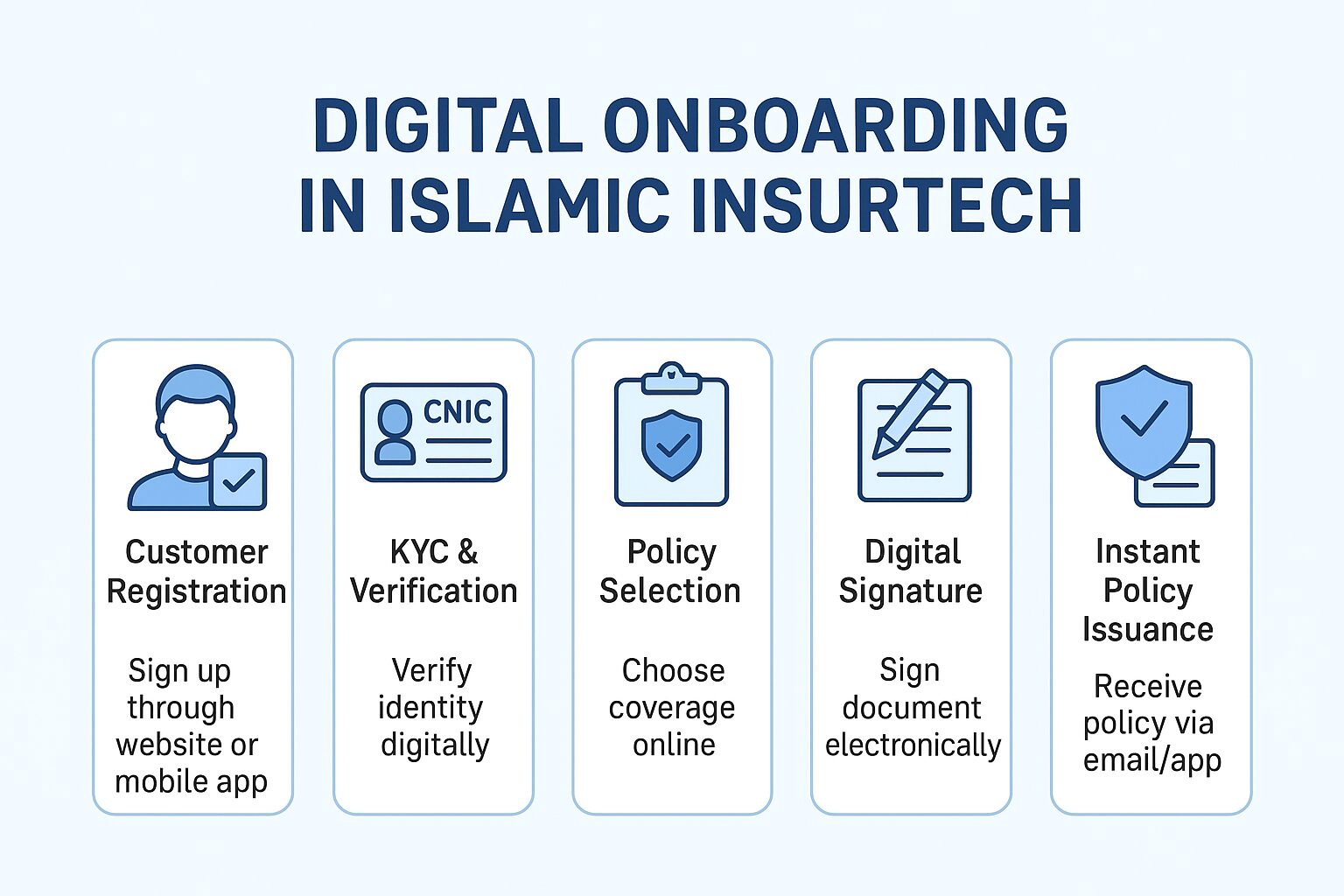Health Insurance History in United States:
Health insurance history began in the 19th century. In 1800, health insurance was begun by mutual aid societies. The Great Depression in the 1930s led to health insurance. Health insurance in the United States has begun from voluntary programs since the 1850s to various plans by industries, unions, and the government. Health insurance plans in the United States include private coverage (employment-based and directly purchased), Medicare, Medicaid, CHIP, and military coverage. In 1972, Ben Franklin incorporated the first insurance company in America. Philadelphia in London was burned down due to fire in the 1600s, wherein 15000 residents reside. Ben Franklin took initiative by introducing the first fire insurance company, which was advertised in the Pennsylvania Gazette. The industrial revolution boosts the importance of organizational insurance. In 1897, a travelers’ insurance company sold its first auto insurance policy. In 1919, travelers’ insurance companies sold aircraft liability coverage. In 1935, the Social Security Act was implemented. In 1944, the Supreme Court decreed to regulate this industry by the federal government.

Health Insurance Plan Types
There are four insurance plans: health maintenance organizations (HMO), preferred provider organizations (PPO), exclusive provider organizations (EPO), point of service plans (POS), and high-deductible health plans. In health maintenance organizations, an insurance program is offered via a network of healthcare providers. In a preferred provider organization, a choice is offered to opt for a health provider from the out-of-network doctors. In an exclusive provider organization, a moderate choice is offered to select a healthcare provider. In the point-of-service plan, more freedom is offered to opt health care providers, but referral from a panel doctor can be facilitated in this plan. There are four things that affect the cost of health insurance: health plan category, network type, employer contribution, and subsidies. In the health plan category, bronze, silver, gold, and platinum come. Bronze is for the lowest monthly premium, whereas platinum is for a high monthly premium whereby extensive services are offered. However, silver is for moderate premium and gold is for higher premium against frequent healthcare users. In network type, HMO and PPO are common types. Employer contribution paid to employees. Subsidies are given in health insurance plans to make them more attractive.
Medicare and Medicaid
The United States offers many health insurances, including Medicare, whereby the disabled, low-income, and elderly are targeted by customized insurance plans. Medicaid, as the chief health insurance program in the United States, targets low-income people. Medicare and Medicaid as public schemes are offered in the United States to compete with traditional managed care and other insurance products. The Affordable Care Act has extended the insurance to other demographics to lower the uninsured rate in the United States. These programs faced many challenges, like adverse selection and market segmentation.
Medicaid, established in 1965, is a public program sourced by income tax whereby low-income people having income below the poverty level mentioned by the federal government. In this program, the following is covered, like medicine, hospitals, doctors, nursing home care, and custodial care. Medicare is for over 65 ages, irrespective of income, and disabled people. ACA was passed in 2010 to improve healthcare access.
The United States adopts a dual model, for example, private and public insurance. 65 percent of the population in the United States is targeted by employers; however, 25 percent are insured by Medicare. Medicare, along with the Affordable Care Act (ACA), offers protection to uninsured people. This 25 percent population lacks health insurance. Two-thirds of Americans over 65 are insured by health coverage. 43 million are unsure and 16 million are underinsured, which indicates the coverage gap. This gap falls due to the focus on high healthcare users, whereby low healthcare users are ignored, leading to gaps in social insurance. This gap is targeted by Medicare.
There are conditions that must be complied with to get coverage, like citizenship of the United States. There are a total of 25 health insurance companies in the United States, as per the website people keep. From 25 top insurance companies, Unite Health Group comes first on the basis of market share in 2022, like 15.34%. Healthcare systems are privatized mostly in the United States.
Health Insurance Plan Types:
Artificial intelligence improves the efficiency in operational tasks of offering health insurance services. AI automates claims processing, offering customized insurance plans, risk assessment and underwriting, customer service and support, fraud detection, and predictive analytics. Prediction on insurance claims is made based on the following factors: demographics, medical history, lifestyle and behavior, and policy details. AI has made this prediction accurate and fast.
Zurich Insurance applied a machine learning algorithm to automate the claim processing using data collected by images, videos, and audio recording.
There are also other companies that are applying these AI tools in the insurance industry in the United States:
Cigna: Chatbot for improving customer experience in health insurance by offering health recommendations timely.
Anthem: Applied AI in improving the administrative works.
UnitedHealth Group: Applied AI in analyzing the health data to improve the telehealth service.
Oscar Health: Applied AI in customized health insurance offering.
Wellframe: Provide digital health solutions.
Zocdoc: Personalized endorsements for healthcare providers on personal needs and preferences.
Lemonaid Health: Provide telehealth services and personalized treatment plans.
HealthTap: Tailored health advice based on symptoms and medical history.
Conclusion:
As a conclusion, the United States has different types of plans like HMO, PPO, EPO, and POS. Cost structure includes the premium, deductibles, co-pay, and coinsurance. A network provider comprises in-network and out-of-network service. They provide benefits like emergency or mental health services. Under ACA, insurers would provide coverage. AI has revolutionized the whole insurance model to engage customers and lower the operational cost.






